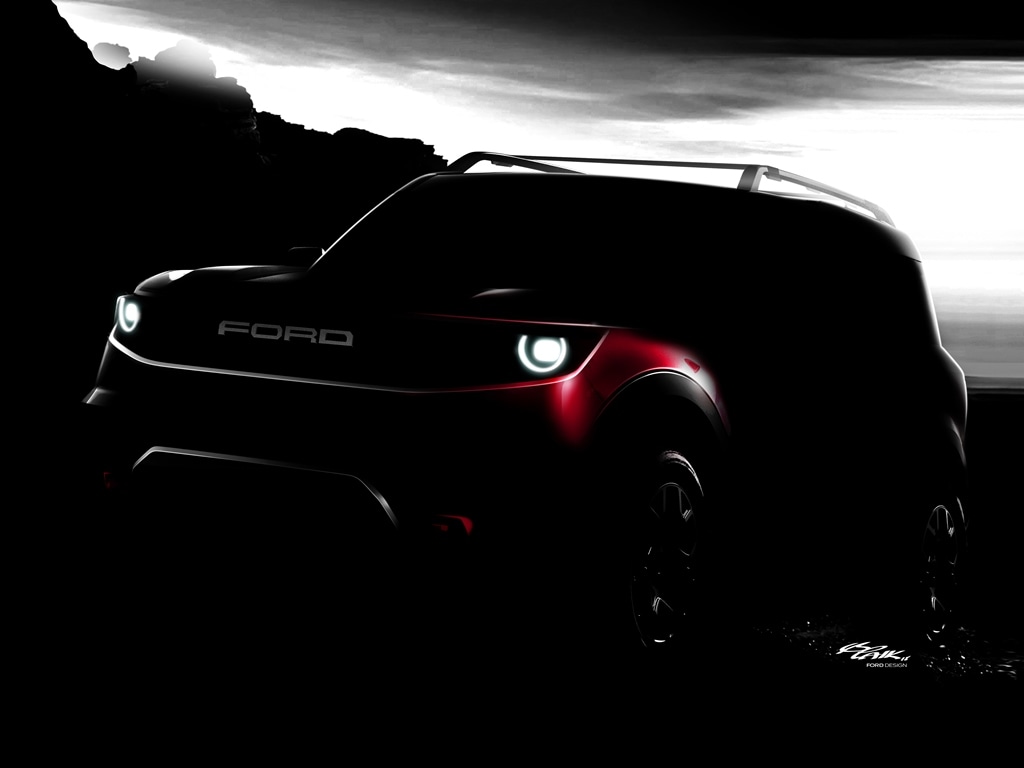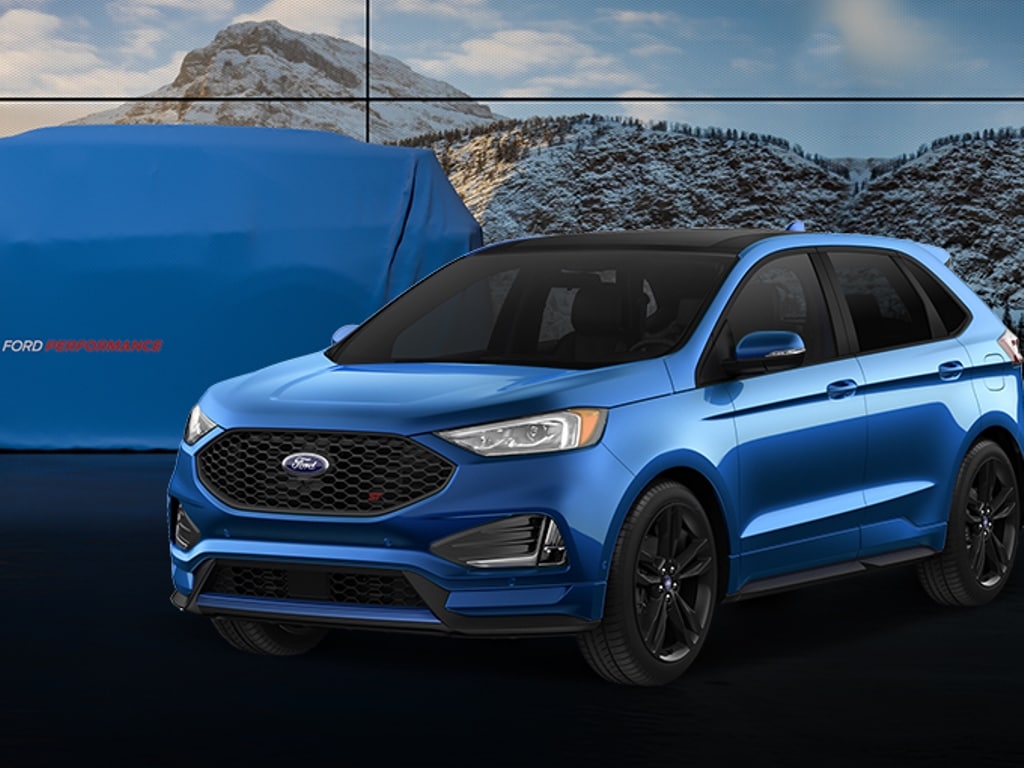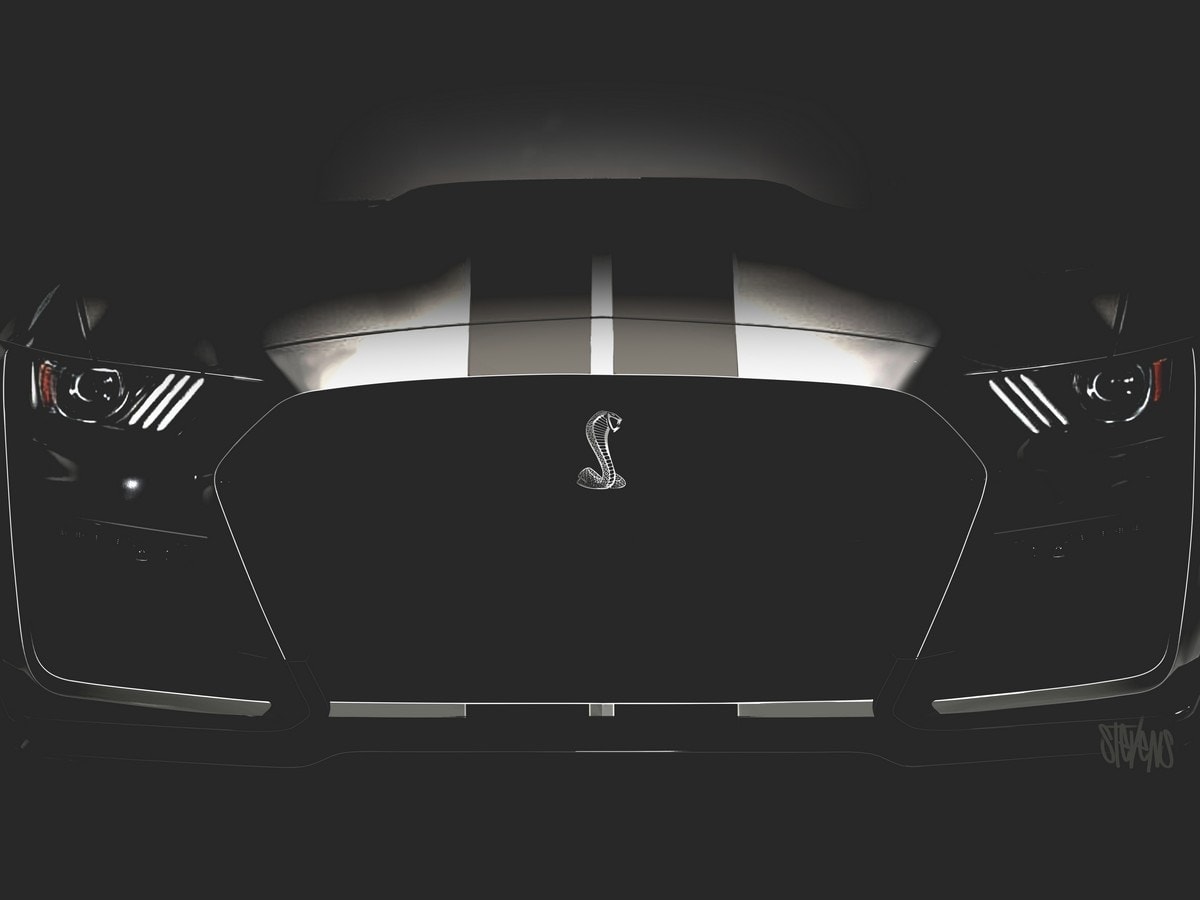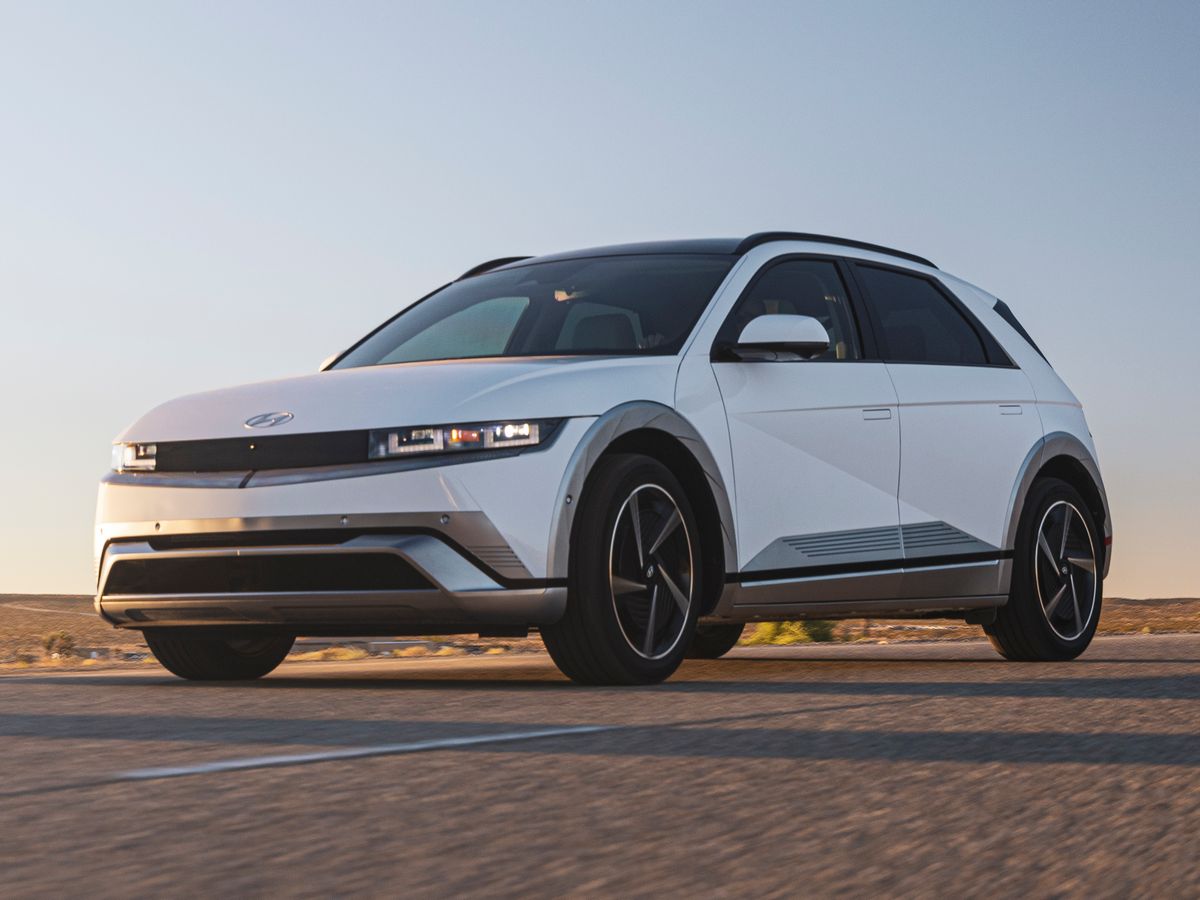In the waning months of World War II, as U.S. carmakers planned resumption of civilian production, Ford’s ad agency created a slogan that still echoes down through the decades. Augmented by a crystal ball illustration, the tagline said: “There’s a Ford in Your Future.”
Ford revived the spirit of that campaign March 15 in its Dearborn, Michigan product development headquarters with a presentation called “Ford Uncovered”, which showcased vehicles in its near future, as well as hinting at others a little further down the road.
Vehicle specifics were scarce, but big picture plans were abundant. For example, according to Global Markets VP Jim Farley, Ford’s new product blitz will give the company the industry’s freshest product lineup by 2020, dropping the average age of its vehicles from the current 5.7 years to 3.3 years.
Ford also intends to go “all in” on hybrids and battery electric vehicles, reiterating its earlier announced plan of extending electrification to a wide range of products, including the F-150 pickup, Mustang, Explorer, Escape, and now the Bronco revival. An interesting element of the F-150 hybrid is its ability to function as a mobile generator.
There will also be performance-oriented vehicles among the new hybrids and electrics, and hybridization will extend to commercial vehicles as well, a market segment Ford already dominates. The first manifestation of Ford’s new performance-oriented battery electric line will arrive in 2020, to be followed by five more EVs by 2022.
Like all carmakers, Ford plans to enhance connectivity across the board, with 4G LTE Wi-Fi in every new vehicle by the end of 2019, as well as expanded driver assist features. Ford plans to make software updates available via the airwaves.
Prioritizing SUVs
Predictably, SUVs will be a product priority. Ford will introduce fully redesigned editions of the Escape and Explorer next year, and further plans to expand its SUV lineup to eight vehicles by 2020, five of them including hybrid versions.
The SUV strategy also includes expanding off-road capability, via the Bronco and one other all-new vehicle that is yet to be named. Off-road was loosely defined at the Ford Uncovered press conference as suitable for handling challenges such as sandy beaches, desert running (e.g., the F-series Raptor pickup), and/or primitive forest trails—as distinct from rock-crawling like Jeep’s Wrangler.
As with its hybrid and EV agenda, Ford plans to offer more performance-oriented options to its SUV lineup. A 335 horsepower ST version of the Edge announced in Detroit will go on sale this year as a 2019, and the redesigned Explorer will also have an ST model.
Like other carmakers, Ford plans to enhance its passive safety score, combining a quintet of driver assist features—automatic emergency braking that includes pedestrian detection, a backup camera, lane-keeping assist, blind spot information system (BLIS), and automatic high beams. The features are baked into a new package called Ford CoPilot360, which will be standard on all new Fords up to and including the F-150, beginning with the 2019 Edge and Edge ST this fall.
Ford calls CoPilot360 the most comprehensive standard driver assist package in the industry, and plans to augment it with a reverse brake assist function sometime in 2019.
Also: Get your first look at the new and redesigned cars of 2019
Reduced product cycles
The company also outlined plans for reducing new product development time, including five basic vehicle architectures covering body-on-frame, front-drive unit-body, rear-drive unit-body, commercial van unit-body, and battery electric vehicles. The architectures will account for 70 percent of vehicle engineering in each of the segments. Individualizing elements, such as grilles, hoods, doors, etc. will account for the remaining 30 percent.
Ford also aims to reduce development time by limiting orderable vehicle configurations, a program that’s been in progress since 2014. Available combinations for the new Edge will be down by as much as 97 percent, according to Ford. Still another element of shortening new vehicle cycles is a reduction in the time required for factory retooling and setup, down by some 25 percent, according to Ford.
Autonomous vehicles were accorded only a bare minimum mention in the Ford Uncovered presentations, although the company did cite its intention to work on building more enthusiasm for driverless driving.
CEO Jim Hackett summed up the program: “The assessment of a business’ longevity is its ability to see, define and configure a promising and inspiring future. Being frozen in the past is a death sentence.” The Ford in Your Future crystal ball may not have been in evidence. But its influence persists.










